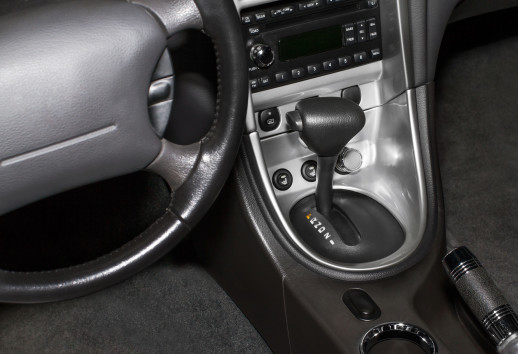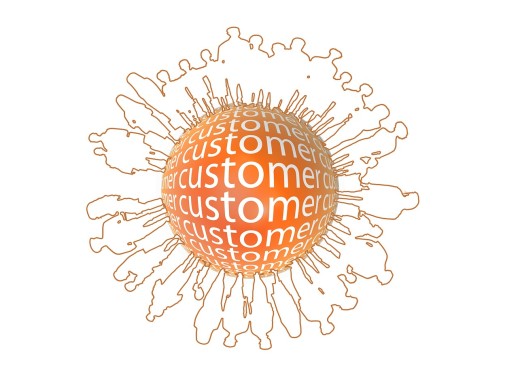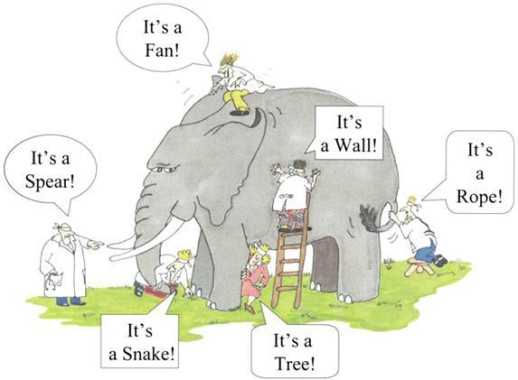It started as a typical day, moving forward, stopping at the store to pick up milk. I back out of the parking spot, turn the wheels to drive forward, and realize I’m stuck. In reverse. The gear shift is broken. After several scrapped knee-jerk plans (sit and wait, don’t move, don’t turn off the car, drive the car home in reverse) the final decision is made.
Tow it. Fix it. Move forward.
During this brief, chaotic situation, it occurred to me that I take two beautiful abilities for granted; the ability to shift gears and the ability to move forward. Thank you, vehicle, for the head smack. How awful it would be to only move backward!! Unfortunately, we find ourselves looking backward far too frequently.
We can’t redo yesterday, last week or 10 years ago, so why do we spin our wheels in reverse?
Companies do this all the time. All the time. How many times have you heard or said:
- We will not carry zuladings because we tried and they don’t sell …
- We will not invest in social media (insert any marketing tactic print, radio, TV, community outreach, etc). We tried and it doesn’t work …
Decisions made from a rear view will hinder future success.
A couple of real business examples:
- In 2009, Starbucks breakfast sandwiches were a hard fast no. Too much aroma competition. “Coffee must win.”
- For most of this decade, Michaels Arts and Crafts’ only mass reach tool was the weekly insert in the Sunday paper. The company would not invest in anything else because, “Only print worked.”
- In late 2009 Domino’s Pizza changed its pizza recipe! After almost 50 years. “Yes, please” was not the initial response.
In all these cases, they didn’t let their rear view to deter them from moving forward. Yes, history can repeat and lessons should be learned; but what didn’t work once might work today because it is a new day, with a different landscape, different customers, and different needs.
Business strategy should always be forward-thinking and used to drive success.
Everyone has the ability to shift gears and move forward personally and professionally. If something is broke, fix it! By the way, I rode my bike to pick up my repaired vehicle. And you know what’s beautiful about a bike? It only goes forward.










